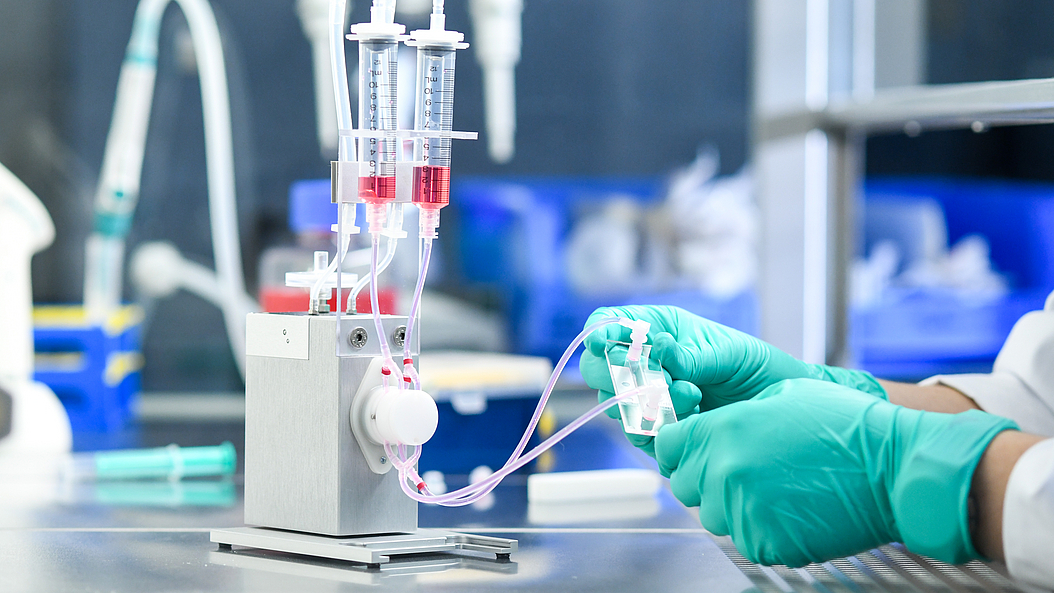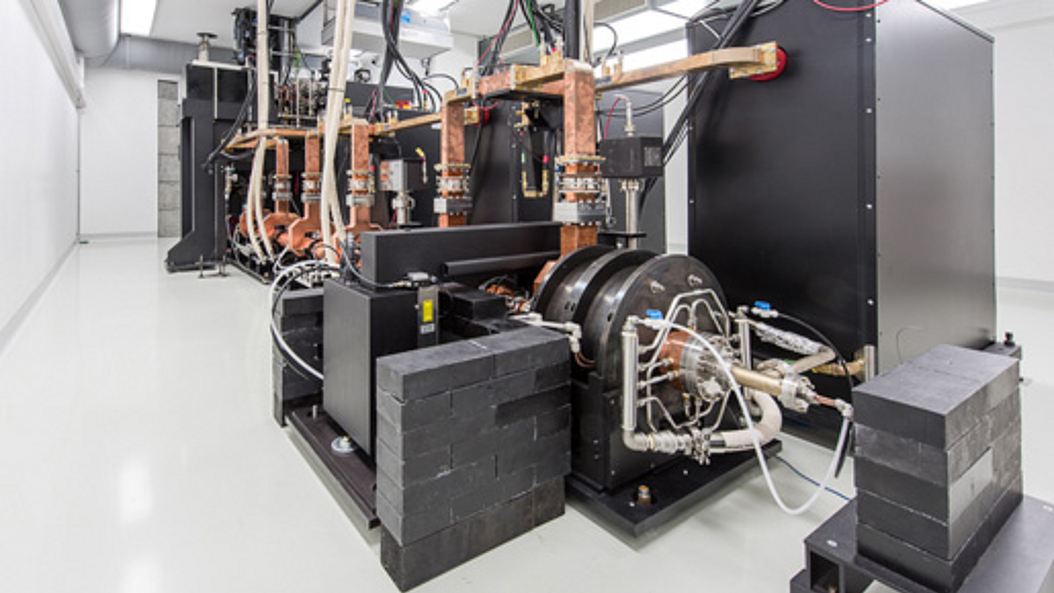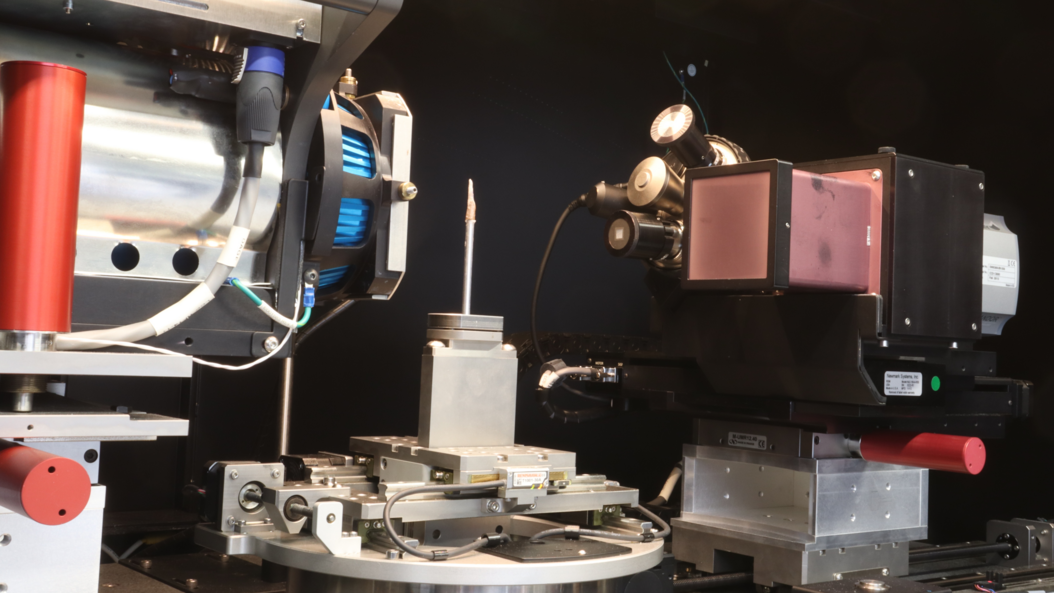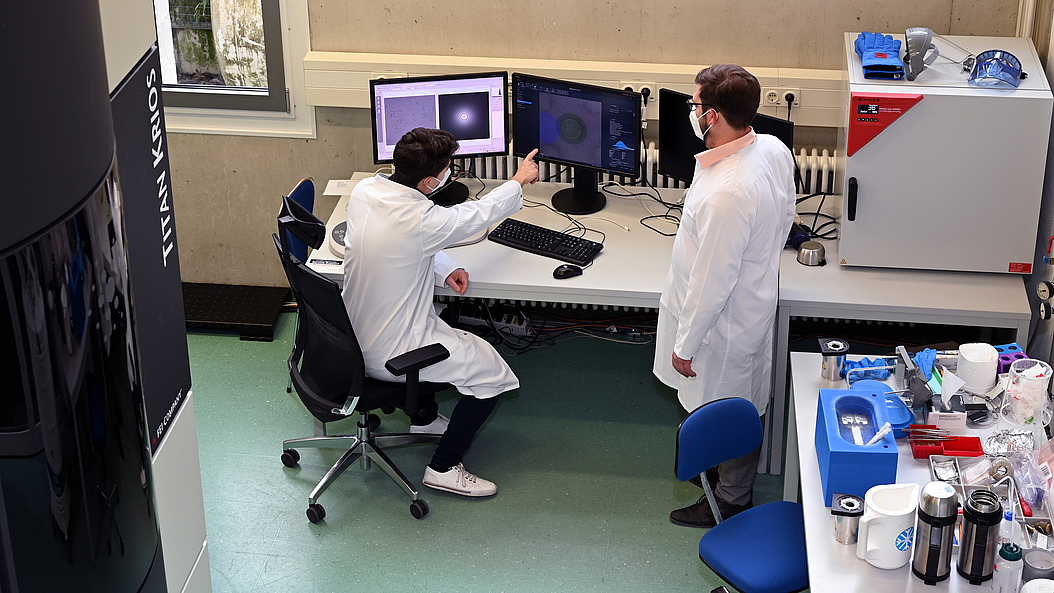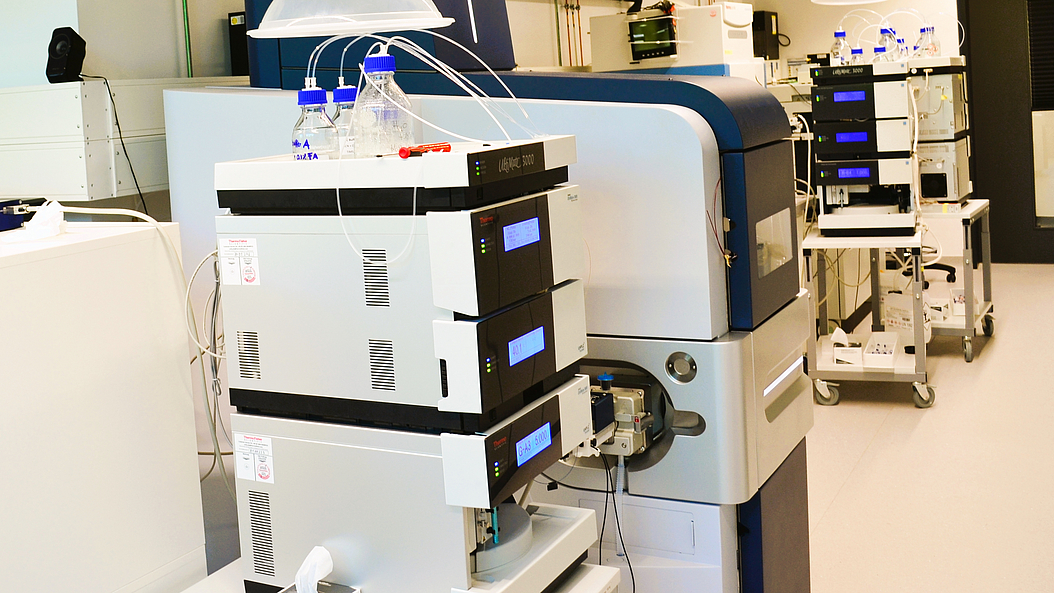The MIBE has a broad and diverse research infrastructure in order to offer scientists the best conditions for their cutting-edge research in all areas of biomedical engineering.
In the MIBE building there are various laboratories, experimental rooms and workshops, which are used by all MIBE working groups. These include genetic engineering and chemical laboratories as well as electrotechnical workshops.
The world’s first mini synchrotron – the Munich Compact Light Source (MuCLS) – was installed in 2015 at Technical University of Munich (TUM). It can generate high-brilliance X-rays on a footprint measuring just 5 × 3 meters. The unit is used to research biomedical questions relating to cancer, osteoporosis, pulmonary diseases and arteriosclerosis.
The X-ray laboratory at MIBE hosts two commercial microCT devices and one nanoCT setup which was designed by the Chair of Biomedical Physics for extremely high spatial resolution. These three devices together cover a range of spatial resolution from about 0.1 µm (nanoCT) to 3 µm.
Two 300-kV transmission electron microscopes (TEM) enable imaging with sub-nanometer resolution. In addition to materials science studies, a special focus is on cryo-TEM imaging of biological samples such as proteins and DNA structures for 3D structure determination.
